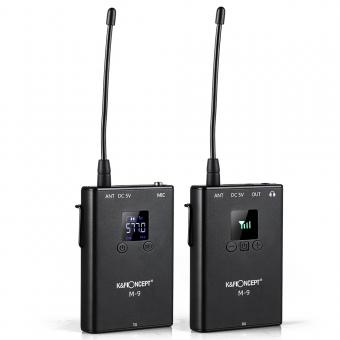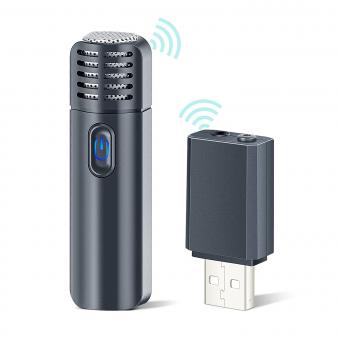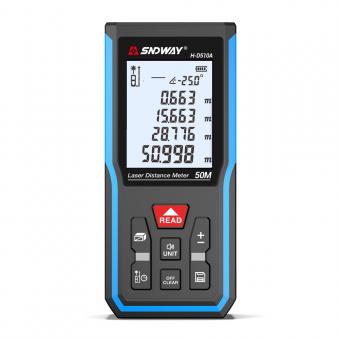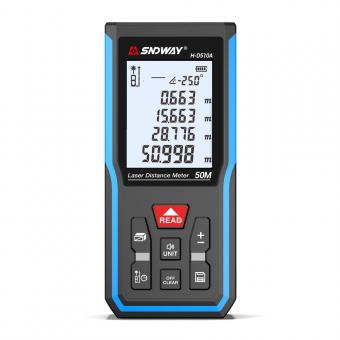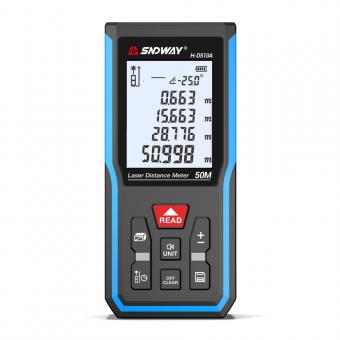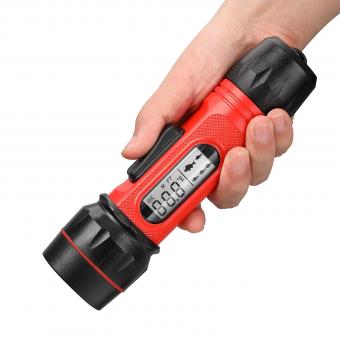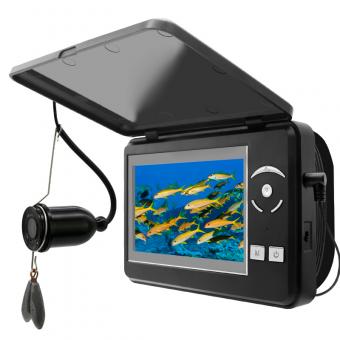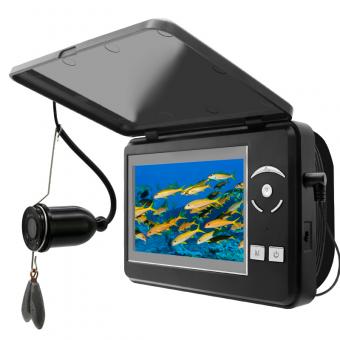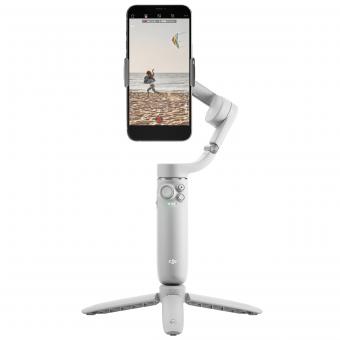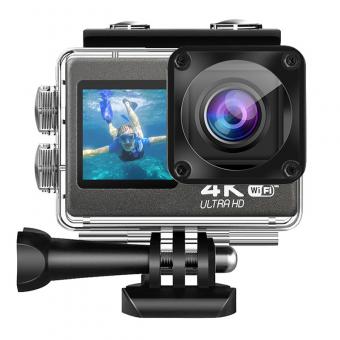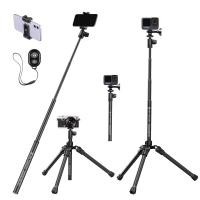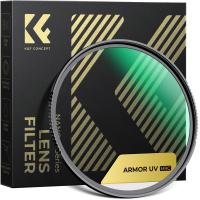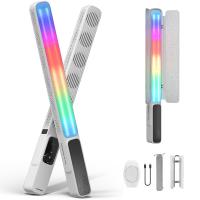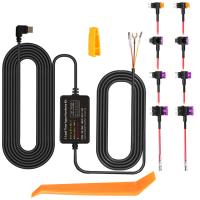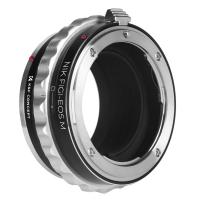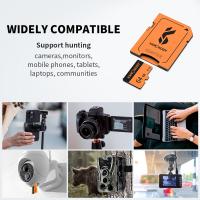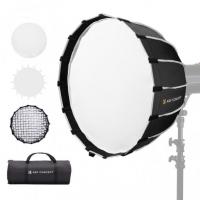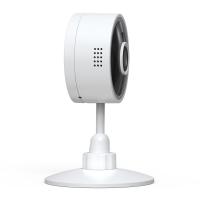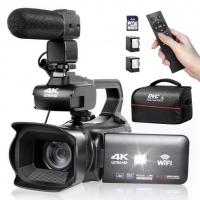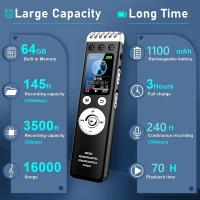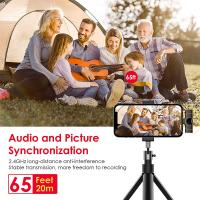What Size Lithium Battery For Fish Finder?
When it comes to selecting the right size lithium battery for a fish finder, there are several factors to consider to ensure optimal performance and longevity. Fish finders are essential tools for anglers, providing critical information about underwater structures, fish locations, and water depth. The power source for these devices is crucial, as it directly impacts their functionality and reliability. In this article, we will delve into the key considerations for choosing the appropriate lithium battery size for your fish finder, including power requirements, battery capacity, and practical tips for maximizing battery life.
Understanding Power Requirements
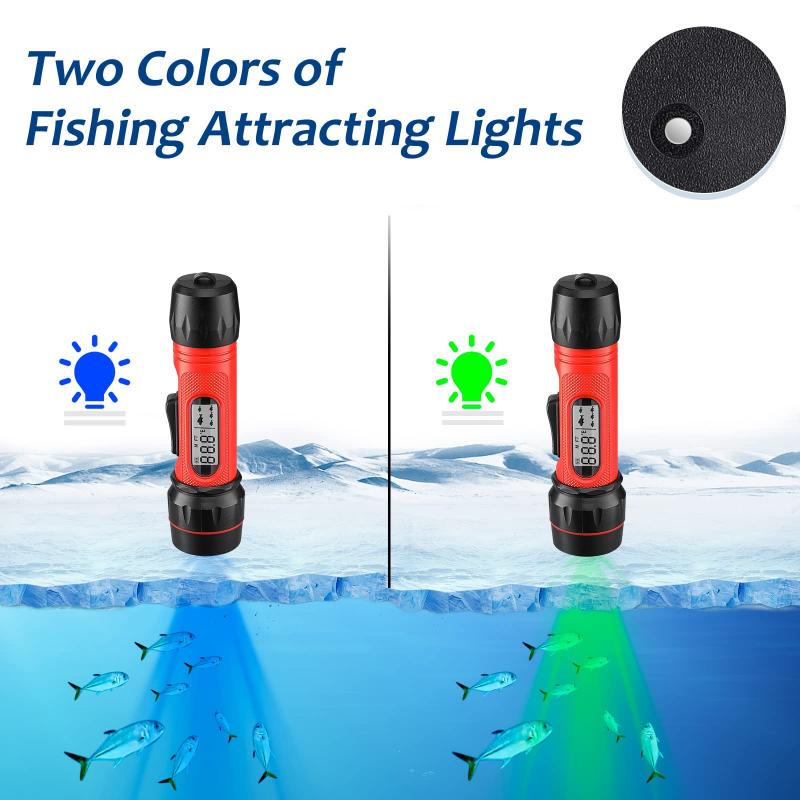
The first step in selecting the right lithium battery for your fish finder is understanding the power requirements of your device. Fish finders typically have specific voltage and current requirements, which are usually listed in the user manual or on the manufacturer's website. Most fish finders operate on 12 volts, but the current draw can vary significantly depending on the model and features.
For example, a basic fish finder with a small screen and limited features may draw around 0.5 to 1 ampere (A) of current, while a more advanced model with a larger screen, GPS, and additional functionalities may draw 2 to 3 amperes or more. Knowing the current draw of your fish finder is essential for calculating the appropriate battery capacity.
Calculating Battery Capacity
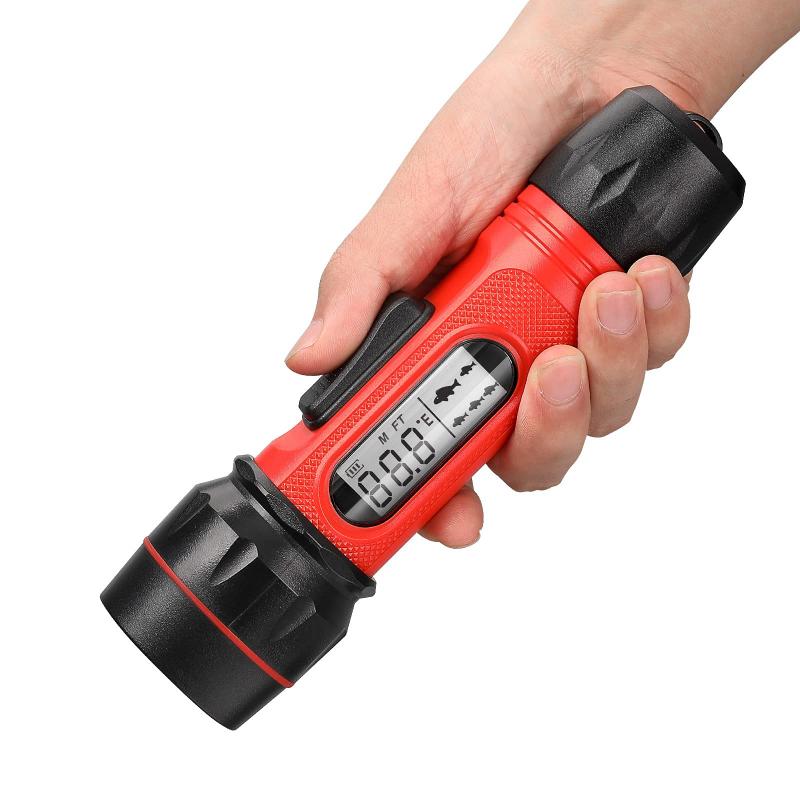
Battery capacity is measured in ampere-hours (Ah), which indicates how much current a battery can supply over a specific period. To determine the appropriate battery capacity for your fish finder, you need to consider the current draw and the desired runtime. The formula for calculating battery capacity is:
\[ \text{Battery Capacity (Ah)} = \text{Current Draw (A)} \times \text{Runtime (hours)} \]
For instance, if your fish finder draws 1 ampere of current and you want it to run for 10 hours, you would need a battery with a capacity of at least 10 Ah:
\[ 1 \text{A} \times 10 \text{hours} = 10 \text{Ah} \]
It's important to note that lithium batteries should not be discharged completely, as this can reduce their lifespan. Therefore, it's advisable to choose a battery with a slightly higher capacity than the calculated requirement to ensure reliable performance and longevity.
Types of Lithium Batteries
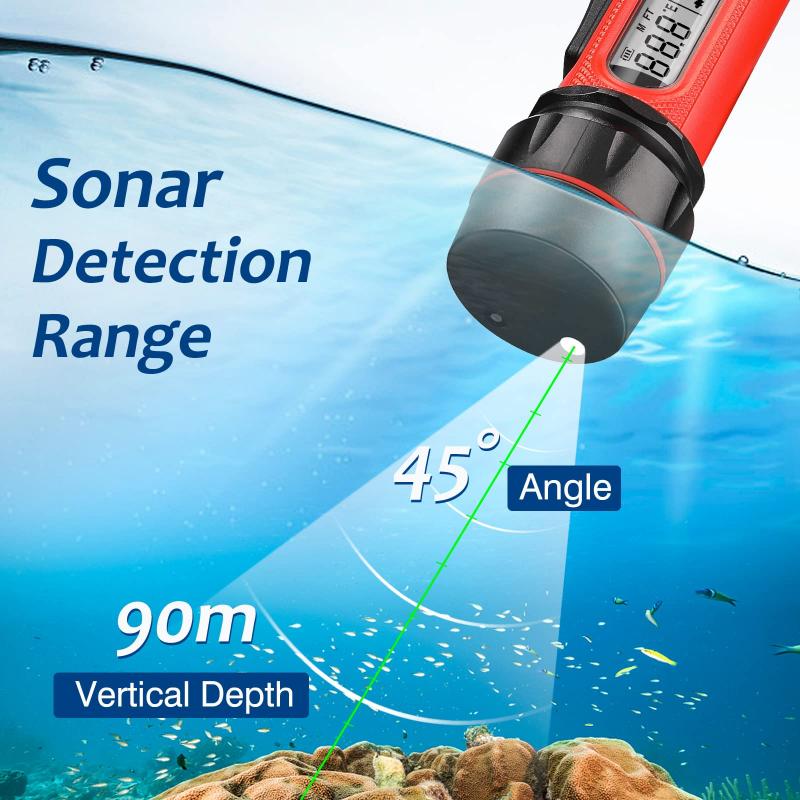
There are several types of lithium batteries available, each with its own advantages and disadvantages. The most common types used for fish finders are Lithium Iron Phosphate (LiFePO4) and Lithium-ion (Li-ion) batteries.
- Lithium Iron Phosphate (LiFePO4): These batteries are known for their long cycle life, safety, and stability. They can typically be discharged up to 80-90% of their capacity without significant degradation, making them a popular choice for fish finders. LiFePO4 batteries are also less prone to overheating and thermal runaway, which enhances their safety.
- Lithium-ion (Li-ion): Li-ion batteries have a higher energy density compared to LiFePO4 batteries, meaning they can store more energy in a smaller and lighter package. However, they are more sensitive to overcharging and deep discharging, which can affect their lifespan. Proper battery management systems (BMS) are essential to ensure safe operation.
Practical Tips for Maximizing Battery Life

To get the most out of your lithium battery and ensure your fish finder operates efficiently, consider the following practical tips:
1. Monitor Battery Voltage: Regularly check the battery voltage to ensure it remains within the recommended range. Most fish finders have a built-in voltage display, or you can use a multimeter to measure the voltage.
2. Use a Battery Management System (BMS): A BMS helps protect the battery from overcharging, over-discharging, and short circuits. It ensures the battery operates within safe parameters, extending its lifespan.
3. Charge Properly: Use a charger specifically designed for lithium batteries, and follow the manufacturer's charging recommendations. Avoid overcharging or leaving the battery connected to the charger for extended periods.
4. Store Correctly: When not in use, store the battery in a cool, dry place. Avoid exposing it to extreme temperatures, as this can degrade the battery's performance and lifespan.
5. Regular Maintenance: Periodically check the battery terminals for corrosion and clean them if necessary. Ensure all connections are secure to prevent power loss.
Choosing the right size lithium battery for your fish finder involves understanding the power requirements of your device, calculating the appropriate battery capacity, and selecting the right type of lithium battery. By considering these factors and following practical tips for battery maintenance, you can ensure your fish finder operates reliably and efficiently, enhancing your fishing experience.
Investing in a high-quality lithium battery not only provides the necessary power for your fish finder but also offers benefits such as longer runtime, reduced weight, and improved safety. Whether you're a casual angler or a seasoned professional, the right lithium battery can make a significant difference in your fishing adventures.


